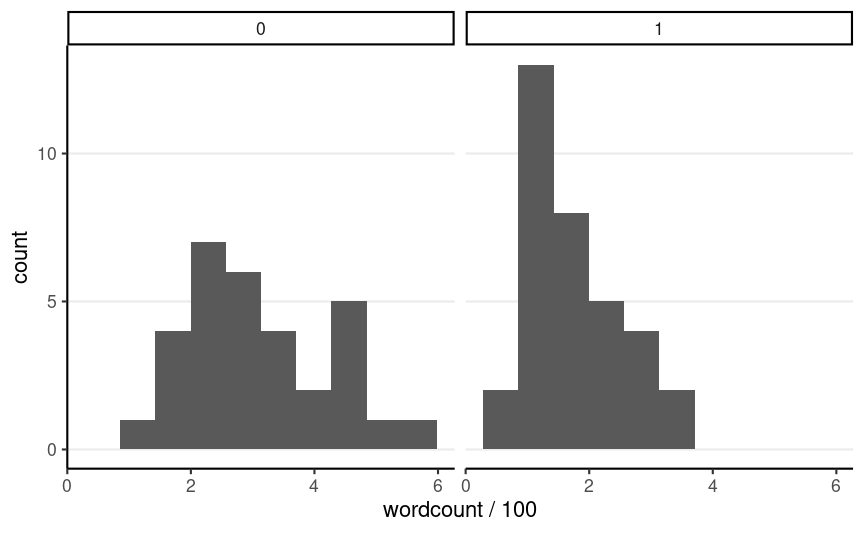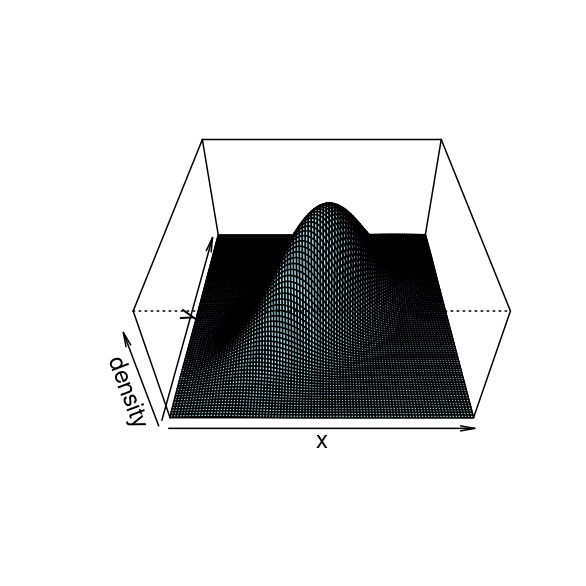Markov Chain Monte Carlo II
PSYC 573
University of Southern California
February 17, 2022
Markov Chain Monte Carlo II
PSYC 573
University of Southern California
February 17, 2022
What has been useful?
- R command, exercises
Markov Chain Monte Carlo II
PSYC 573
University of Southern California
February 17, 2022
What has been useful?
- R command, exercises
Struggles/Suggestion?
- Download Rmd from website
- Math concepts
- More R code (especially related to the homework)
Markov Chain Monte Carlo II
PSYC 573
University of Southern California
February 17, 2022
What has been useful?
- R command, exercises
Struggles/Suggestion?
- Download Rmd from website
- Math concepts
- More R code (especially related to the homework)
Changes
- Speed up a bit
- Zoom
- More time in R
The original Metropolis (random walk) algorithm allows posterior sampling, without the need to solving the integral
The original Metropolis (random walk) algorithm allows posterior sampling, without the need to solving the integral
However, it is inefficient, especially in high dimension problems (i.e., many parameters)
Data Example
Taking notes with a pen or a keyboard?
Mueller & Oppenheimer (2014, Psych Science)
# Use haven::read_sav() to import SPSS datant_dat <- haven::read_sav("https://osf.io/qrs5y/download")0 = laptop, 1 = longhand
| condition | wordcount | objectiveZ | openZ |
|---|---|---|---|
| 0 | 572 | -1.175 | 0.111 |
| 0 | 226 | 0.317 | -0.864 |
| 0 | 255 | -1.175 | -0.376 |
| 0 | 298 | 1.063 | 1.086 |
| 1 | 203 | -1.921 | -0.376 |
| 1 | 127 | -0.056 | 0.111 |
| 1 | 258 | 0.690 | 0.111 |
| 1 | 152 | -0.429 | 0.599 |

Do people write more or less words when asked to use longhand?
Normal model
Consider only the laptop group first
wc_laptopi∼N(μ,σ2) Two parameters: μ (mean), σ2 (variance)
Gibbs Sampling
Gibbs sampling is efficient by generating smart proposed values, using conjugate or semiconjugate priors
Implemented in software like BUGS and JAGS
Gibbs sampling is efficient by generating smart proposed values, using conjugate or semiconjugate priors
Implemented in software like BUGS and JAGS
Useful when:
- Joint posterior is intractable, but the conditional distributions are known
Another example


Conjugate priors for conditional distributions
μ∼N(μ0,τ20)σ2∼Inv-Gamma(ν0/2,ν0σ20/2)
- μ0: Prior mean, τ20; Prior variance (i.e., uncertainty) of the mean
- ν0: Prior sample size for the variance; σ20: Prior expectation of the variance
Posterior
μ∣σ2,y∼N(μn,τ2n)σ2∣μ∼Inv-Gamma(νn/2,νnσ2n[μ]/2)
- τ2n=(1τ20+nσ2)−1; μn=τ2n(μ0τ20+n¯yσ2)
- νn=ν0+n; σ2n(μ)=1νn[ν0σ20+(n−1)s2y+∑(¯y−μ)2]
No need for a separate proposal distribution; directly sample the conditional posterior
- Thus, all draws are accepted
No need for a separate proposal distribution; directly sample the conditional posterior
- Thus, all draws are accepted
Posterior Summary
2 chains, 10,000 draws each, half warm-ups
μ0 = 5, σ20 = 1, τ20 = 100, ν0 = 1
| variable | mean | median | sd | mad | q5 | q95 | rhat | ess_bulk | ess_tail |
|---|---|---|---|---|---|---|---|---|---|
| mu | 3.1 | 3.10 | 0.213 | 0.211 | 2.753 | 3.45 | 1 | 9928 | 9936 |
| sigma2 | 1.4 | 1.33 | 0.378 | 0.337 | 0.904 | 2.11 | 1 | 10189 | 10136 |
The ESS is almost as large as # of draws